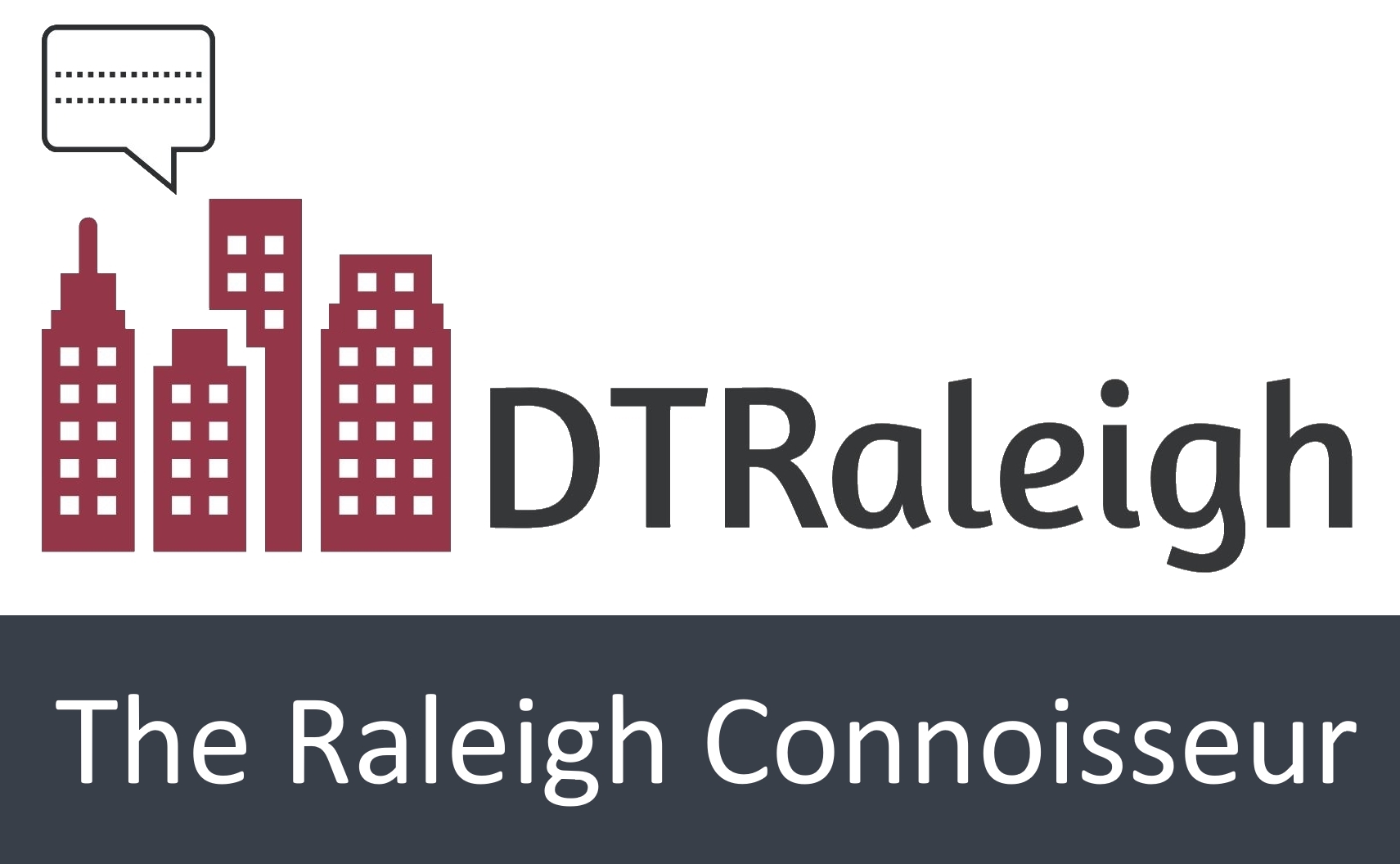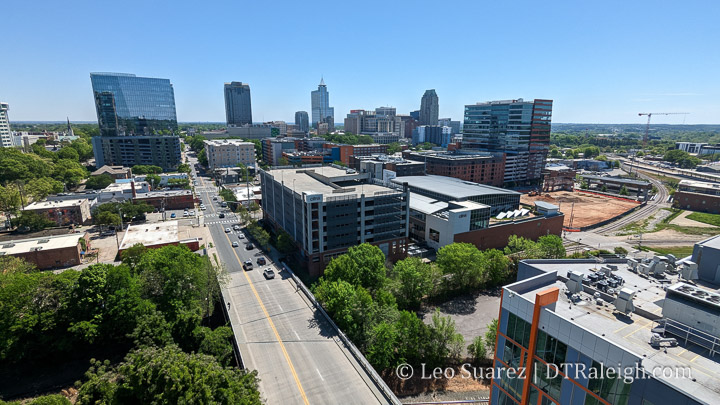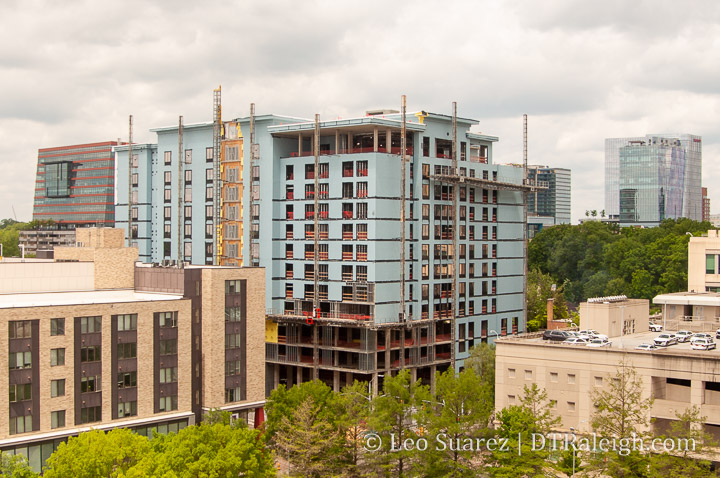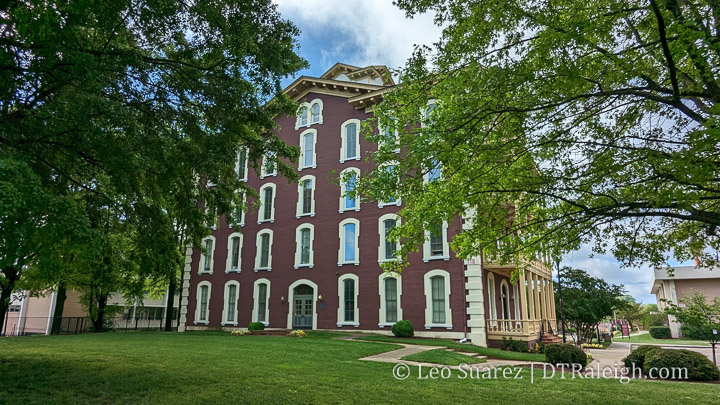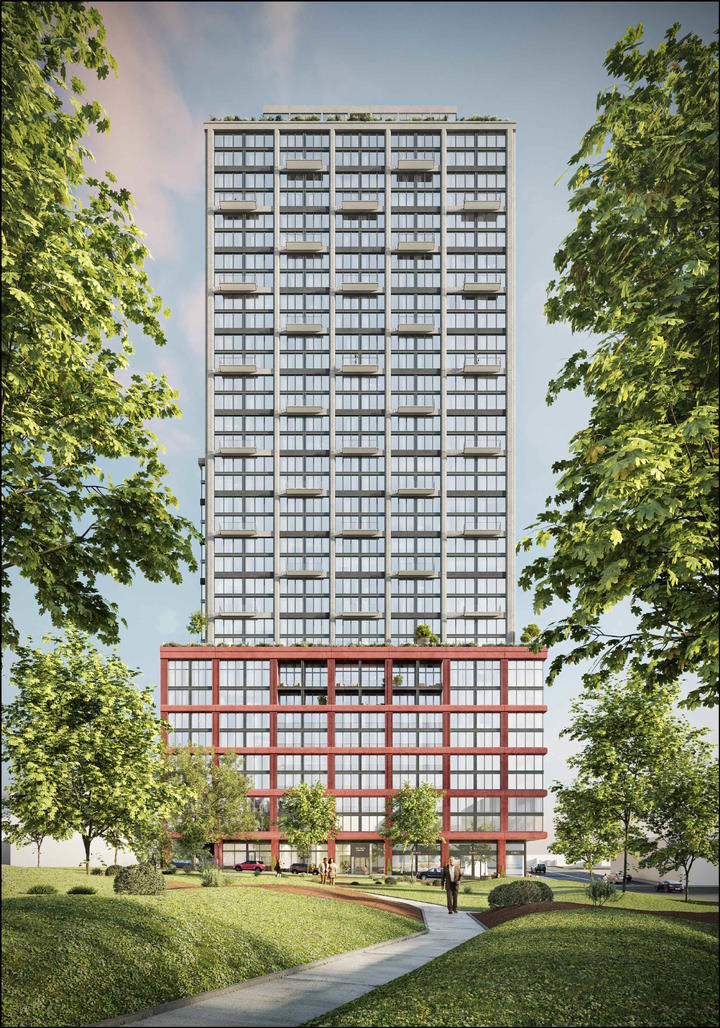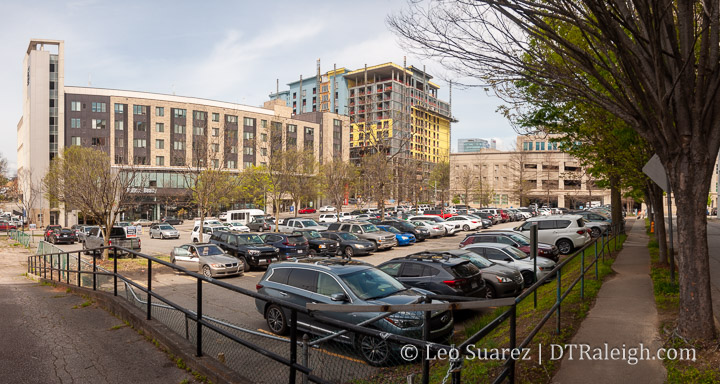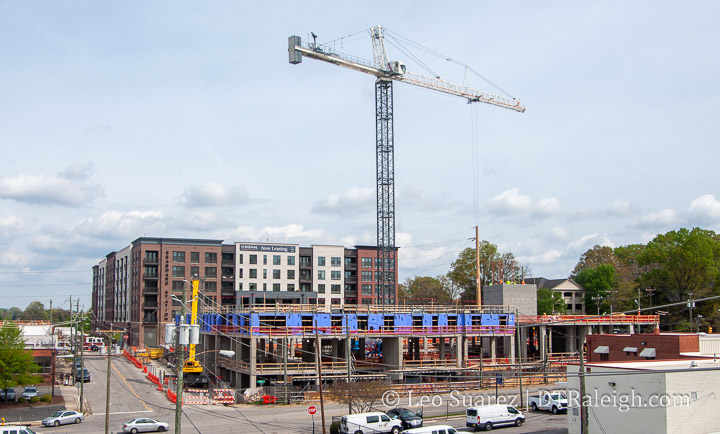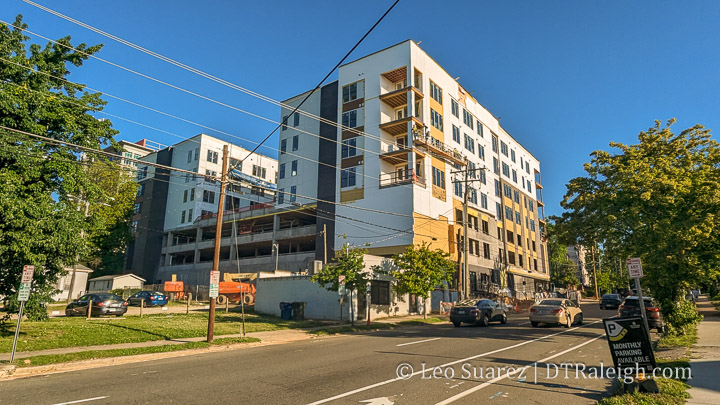
These apartments over on Person Street, called The Acorn, are getting some final touches. It really looks like we’ll see these new apartments open later this year. In addition, this is the first phase of the project and a new hotel should be built on the same property facing Blount Street. The hotel is planned to be a TownePlace Suites By Marriott branded hotel.
Continue reading →